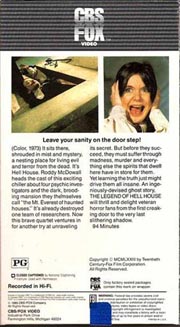Reviews
John Hough
UK, 1973
Credits
Review by Stephen Snart
Posted on 20 October 2008
Source CBS FOX Video
Categories 31 Days of Horror V
The Legend of Hell House is a modest entry in the guests-in-a-haunted-house cycle that’s been popping up in sporadic gluts since the 1920s.1 Examples of traditional entries in the cycle are 1959’s House on Haunted Hill and 1963’s The Haunting (both of which were remade in 1999), with notable variations on the formula available in Kubrick’s The Shining and more recently in Juan Antonio Bayona’s The Orphanage. The Legend of Hell House, released in 1973, satisfies most of the desires inherent in the haunted house formula and manages to hold up pretty well, without succumbing to campiness or risible special effects. Well, except for a sequence featuring an awesome catfight—literally, between one of the lead characters and a demonically possessed black cat that concludes in a bludgeoning-by-candlestick.
In a terse six-minute pre-credit sequence, we get some of the most expedient exposition I’ve ever seen: a wealthy businessman has acquired a famously haunted house (“the Mount Everest of haunted houses”) and recruits three experts to spend a week in the house and file a report on any paranormal activities they encounter. The team consists of mental medium Florence Tanner, physical medium Benjamin Fisher – who is also the only person to ever survive a night inside hell house – and physicist Lionel Barrett. Inexplicably, Barret’s wife Ann insists on tagging along with them for the stay. She’s remarkably unflappable in the face of slamming doors and levitating objects and seems to have been incorporated to serve as a seduction tool at the hands of the spirit of Belasco, the deceased owner of the house, as opposed to a device to increase the number of shrieks in the film.
This unexpected characterization leads us to one of the more surprising aspects of The Legend of the Hell House: the restless spirit seems more interested in creating debauchery than murder. I’m used to seeing haunted house movies where the haunting is predicated on a history of horrific violence but in this film the sins of deviant sexuality seem to take precedence. When asked why the house is so evil, Benjamin runs down a laundry list of Belasco’s sins, emphasizing drug addiction, alcoholism, sadism, bestiality, and other ‘sexual goodies.’ There is also mention of a catastrophic night in which 27 revelers died, but more attention is given to detailing Belasco’s endorsement of sexual perversity, implying the house is haunted by the spirit of a sex addict who has more in common with Caligula than Charles Manson. While there are obligatory scenes of chandeliers crashing and projectile chinaware, the spirit is more interested in turning Ann and Florence into harlots who repeatedly attempt to seduce the fey Benjamin.
The dynamic created between wedlock and adultery with the possessed is one I’m not familiar with having seen before in a film from this mode. I’m more used to the married couple’s relationship already being on tenterhooks and their characters harboring devious motives, like Geoffrey Rush and Famke Jannsen in the 1999 version of House on Haunted Hill. Legend’s unusual approach also differs from another similar setup – Jack Nicholson’s supernatural seduction in The Shining – in that the physical entities are still left to be contended with after the apparition’s spell wears off. Unfortunately, The Legend of Hell House doesn’t really have the means to develop these ideas very far. It’s a rather tame film that avoids salaciousness – a quality I quite admired – and doesn’t prepare an adequate platform to explore the psychological implications of Barrett witnessing his wife seducing another man and wondering if she is truly possessed.
A serviceable British production directed by John Hough (Return from Witch Mountain, Dirty Mary Crazy Larry) and based on a novel by Richard Matheson (who also provided the source material for Somewhere in Time and I Am Legend), the film also benefits from the cast’s British accents, capable of making the definition of ectoplasm or a pretentious description of Belasco’s ghost (“like a general with an army, never entering battle but always controlling it”), slightly more credible. As a filmmaker, Hough favors the achievement of special effects through practical means rather than through optics or glitzy camera tricks. As such, Legend of Hell House’s no-frills effects have prevented the film from aging badly—bed sheets strewn about by invisible wires continue to be effective. At least I was creeped out by the unexplained movements of household objects, even if the characters seemed generally unfazed by the paranormal activity—for the most part Barrett just seems indignant that he hasn’t been able to get a good night’s sleep during his stay.
Legend of Hell House, like so many films of its ilk, suffers from a tedious conclusion in which a lead character breathlessly tries to explain the impetus for the supernatural activities the group has experienced. I find that with most supernatural films it’s generally best just to leave these things unsaid rather than try to offer motivation or rationale for the paranormal. Although, Legend of Hell House does deserve recognition for its sublimely oddball proposition that all of the occurrences might be attributed simply to a Napoleon complex.
The formula of the haunted house movie really isn’t suited for big screen / large audience viewings. As such films generally rely more on atmosphere than action, there usually aren’t enough ‘boo!’ moments to sustain a communal feeling of terror—something William Castle might have anticipated when he decided to incorporate extratextual gimmicks (skeletons descending from the rafters) during the theatrical release of House on Haunted Hill. Thus, The Legend of Hell House, and numerous films like it, are fundamentally more appropriate for solitary home video viewing, where the natural creeks and cracks of one’s own house might mirror the events on screen, thus organically offering the supplementary chills that Castle sought to add to his theatrical releases.
- S.T. Joshi refers to this type of film as the “old dark house” genre, citing 1927’s The Cat and the Canary as the film popularly conceived as the genre’s archetype. Icons of Horror and the Supernatural (Greenwood Publishing Group, 2007) 298. ↩
More 31 Days of Horror V
-
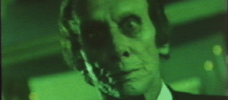
The Dead Don’t Die
1975 -
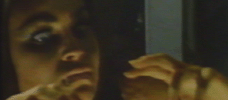
The Brides Wore Blood
1972 -
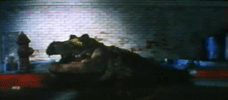
Alligator
1980 -
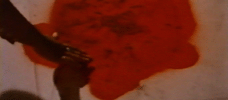
Girl in Room 2A
1973 -

Zombie High
1987 -
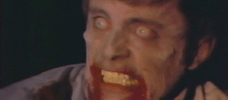
Deathdream
1974 -

Link
1986 -
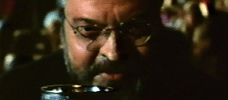
The Witching
1972 -
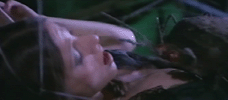
Nude for Satan
1974 -
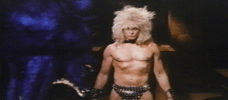
Rock ‘n’ Roll Nightmare
1987 -
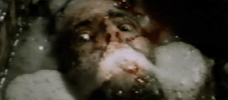
The Strangeness
1985 -
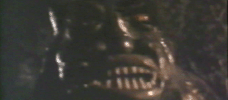
Brides of the Beast
1968 -
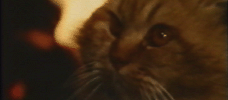
Seven Deaths in the Cat’s Eye
1973 -

The Curse of Bigfoot
1976 -
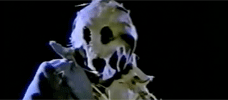
Dark Night of the Scarecrow
1981 -
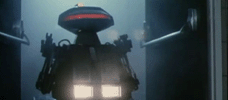
Chopping Mall
1986 -
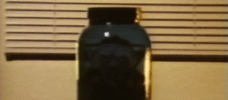
The Jar
1984 -
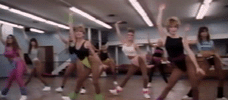
Killer Workout
1986 -
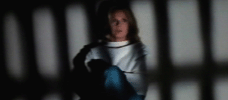
Moon in Scorpio
1987 -
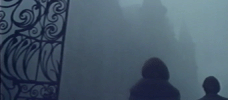
The Legend of Hell House
1973 -
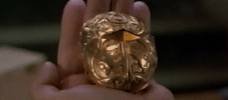
Cronos
1993 -
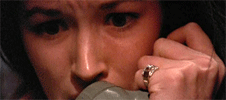
Black Christmas
1974 -
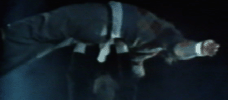
Grave of the Vampire
1974 -
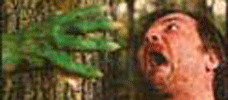
Rana: The Legend of Shadow Lake
1975 -

Blood Voyage
1976 -
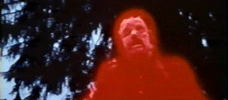
Fiend
1981 -
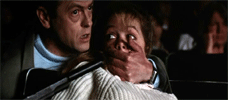
Anguish
1987 -
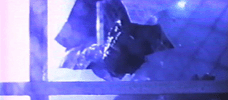
The Chilling
1989 -
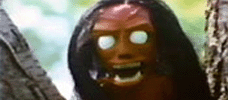
Attack of the Beast Creatures
1985 -
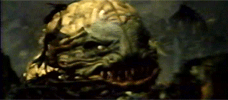
Humanoids from the Deep
1980
We don’t do comments anymore, but you may contact us here or find us on Twitter or Facebook.




